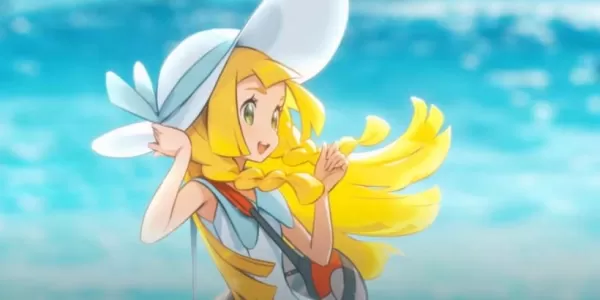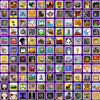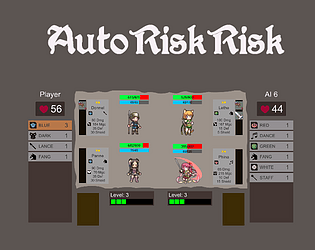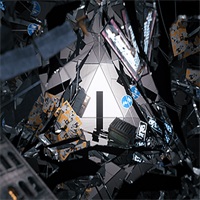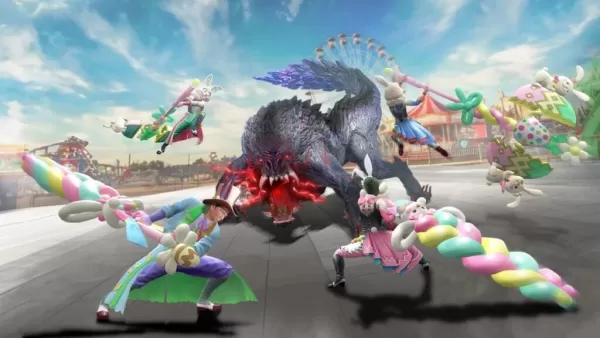Switch 2 Price: Not Nintendo's Priciest Launch
The announcement of the Nintendo Switch 2 at a price of $450 USD raised eyebrows, marking a significant increase from the prices we've grown accustomed to from Nintendo. This shift can be attributed to rising production costs and economic factors such as tariffs, with analysts predicting a minimum price of around $400 USD. However, the real surprise came with the pricing of Switch 2 games, which not only meet the new $70 USD standard but also reach up to $80 USD for titles like Mario Kart World. When you factor in the cost of various accessories needed for the full Switch 2 experience, the total investment becomes quite substantial.
To put the Switch 2's price into perspective, let's compare it to previous Nintendo consoles adjusted for inflation:
NES
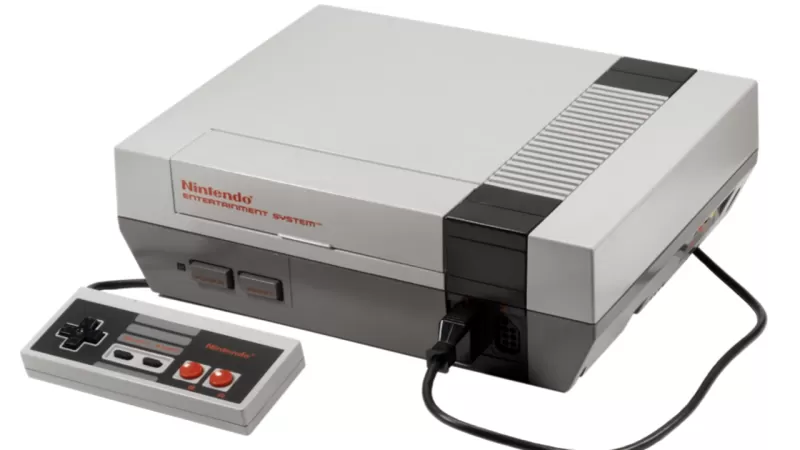 The NES, launched in 1985 for $179 USD, would cost a staggering $523 USD in 2025 after adjusting for inflation.
The NES, launched in 1985 for $179 USD, would cost a staggering $523 USD in 2025 after adjusting for inflation.
SNES
 The SNES, released in 1991 for $199 USD, would equate to $460 USD in today's dollars.
The SNES, released in 1991 for $199 USD, would equate to $460 USD in today's dollars.
Nintendo 64
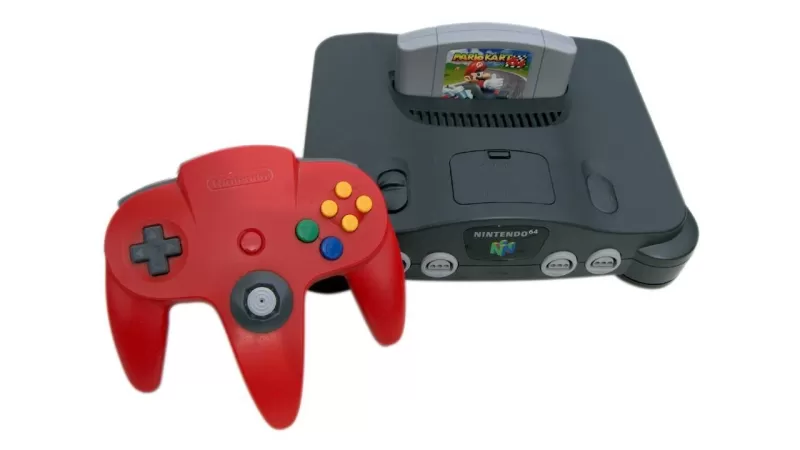 The Nintendo 64, which hit the market in 1996 at $199 USD, would now be priced at $400 USD.
The Nintendo 64, which hit the market in 1996 at $199 USD, would now be priced at $400 USD.
Nintendo GameCube
 The GameCube, available in 2001 for $199 USD, would cost $359 USD in 2025. Notably, its games will be accessible on the Switch 2 via the Nintendo Switch Online's classic library.
The GameCube, available in 2001 for $199 USD, would cost $359 USD in 2025. Notably, its games will be accessible on the Switch 2 via the Nintendo Switch Online's classic library.
Wii
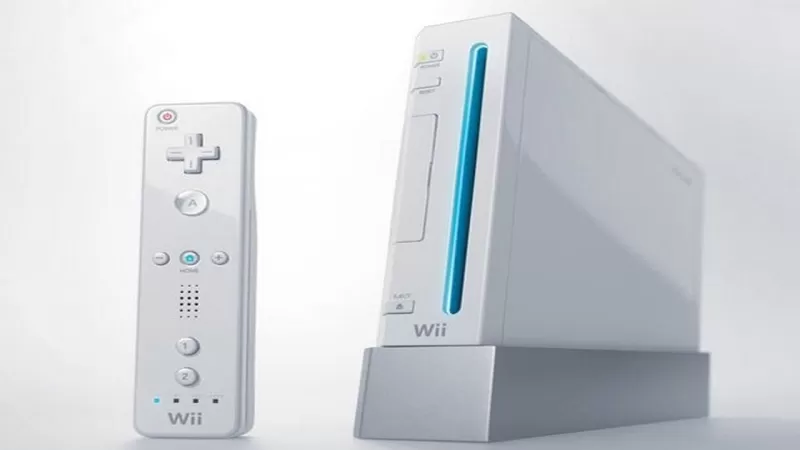 The Wii, launched in 2006 for $249 USD, would be priced at about $394 USD today.
The Wii, launched in 2006 for $249 USD, would be priced at about $394 USD today.
Wii U
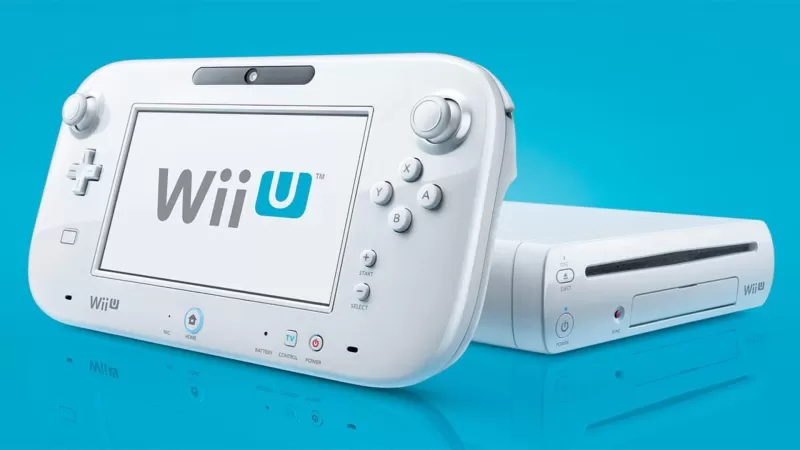 The less successful Wii U, released in 2012 for $299 USD, would cost $415 USD in 2025, closely aligning with the Switch 2's pricing.
The less successful Wii U, released in 2012 for $299 USD, would cost $415 USD in 2025, closely aligning with the Switch 2's pricing.
Nintendo Switch
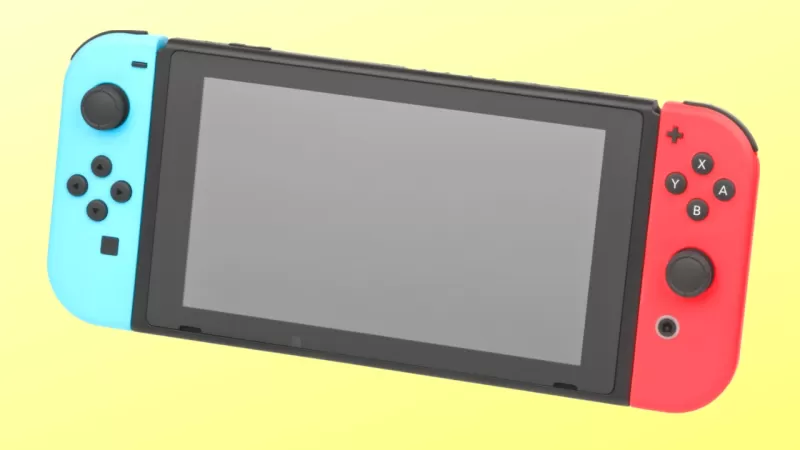 The highly successful Nintendo Switch, which debuted in 2017 for $299 USD, would be $387 USD today, still cheaper than the Switch 2 set to launch on June 5.
The highly successful Nintendo Switch, which debuted in 2017 for $299 USD, would be $387 USD today, still cheaper than the Switch 2 set to launch on June 5.
When adjusted for inflation, the original NES emerges as the most expensive console Nintendo has ever launched. This historical context doesn't necessarily make the Switch 2's price more palatable.

But what about the games?
The pricing of Switch 2 games was a significant talking point. Titles like Mario Kart World are priced at $80 USD, while others such as Donkey Kong Bananza are set at $70 USD (or $65 digitally). Comparing these prices to the early NES cartridges is challenging due to the wide variance in pricing back then. For instance, an NES game in the early 90s could cost anywhere from $34 USD to $45 USD, which translates to $98 USD to $130 USD in 2025. Despite this, there's a prevailing sentiment that game prices might continue to rise.
The Switch 2's pricing is on the higher end of Nintendo's spectrum, surpassed only by the NES and SNES when adjusted for inflation. Real-world factors, including a cheaper, region-locked version for Japan priced at 49,980 JPY or $340 USD, highlight the impact of economic conditions on pricing.
How Switch 2's Price Compares to Other Consoles
To understand the Switch 2's pricing in the broader market, let's look at other consoles:
PlayStation 2
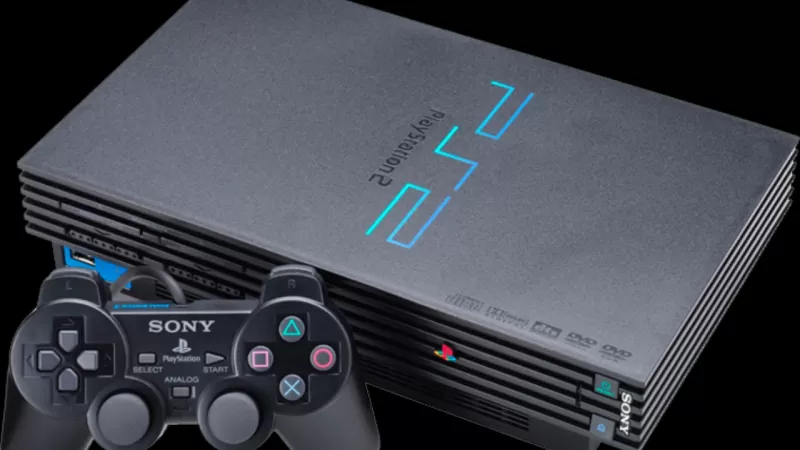 The PlayStation 2, launched in 2000 for $299 USD, would cost $565 USD in 2025, making it significantly more expensive than the Switch 2.
The PlayStation 2, launched in 2000 for $299 USD, would cost $565 USD in 2025, making it significantly more expensive than the Switch 2.
Xbox 360
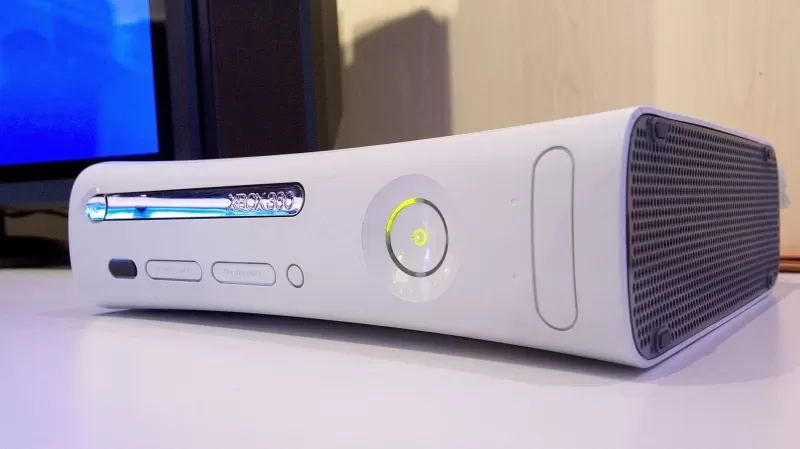 The Xbox 360, released in 2005 for $299 USD, would be priced at about $500 USD today.
The Xbox 360, released in 2005 for $299 USD, would be priced at about $500 USD today.

In conclusion, the Switch 2's price, while higher than its immediate predecessor, aligns with the inflation-adjusted costs of many past consoles. For more insights, check out IGN's hands-on with the Switch 2 and discussions with analysts on the factors driving these costs.
-
Solgaleo and Lunala make their grand debutImmersive Supporter cards arriving soonHalf-anniversary celebration with new solo missionsThe stars align as Celestial Guardians arrive in Pokémon TCG Pocket, bringing an spectacular close to the month. LauncAuthor : Alexander Dec 21,2025
-
Untitled Drill Game is a tycoon and idle experience where you extract ore, sell it for profit, and reinvest your earnings to drill even deeper. With so much to discover, a great way to stay informed is by joining the official Untitled Drill Game DiscAuthor : Nathan Dec 21,2025
- Spring Valley Farm Game: January 2025 Redeem Codes
- WWE Superstars Join Call of Duty Warzone: Mobile Roster
- Midnight Girl is a minimalist point-and-click adventure set in Paris in the 60s, now open for pre-orders on mobile
- Mobile Legends: Bang Bang – Best Lukas Build
- "Grand Outlaws Unleashes Chaos and Crime on Android Soft Launch"
- Video Game Song Surpasses 100 Million Streams on Spotify

